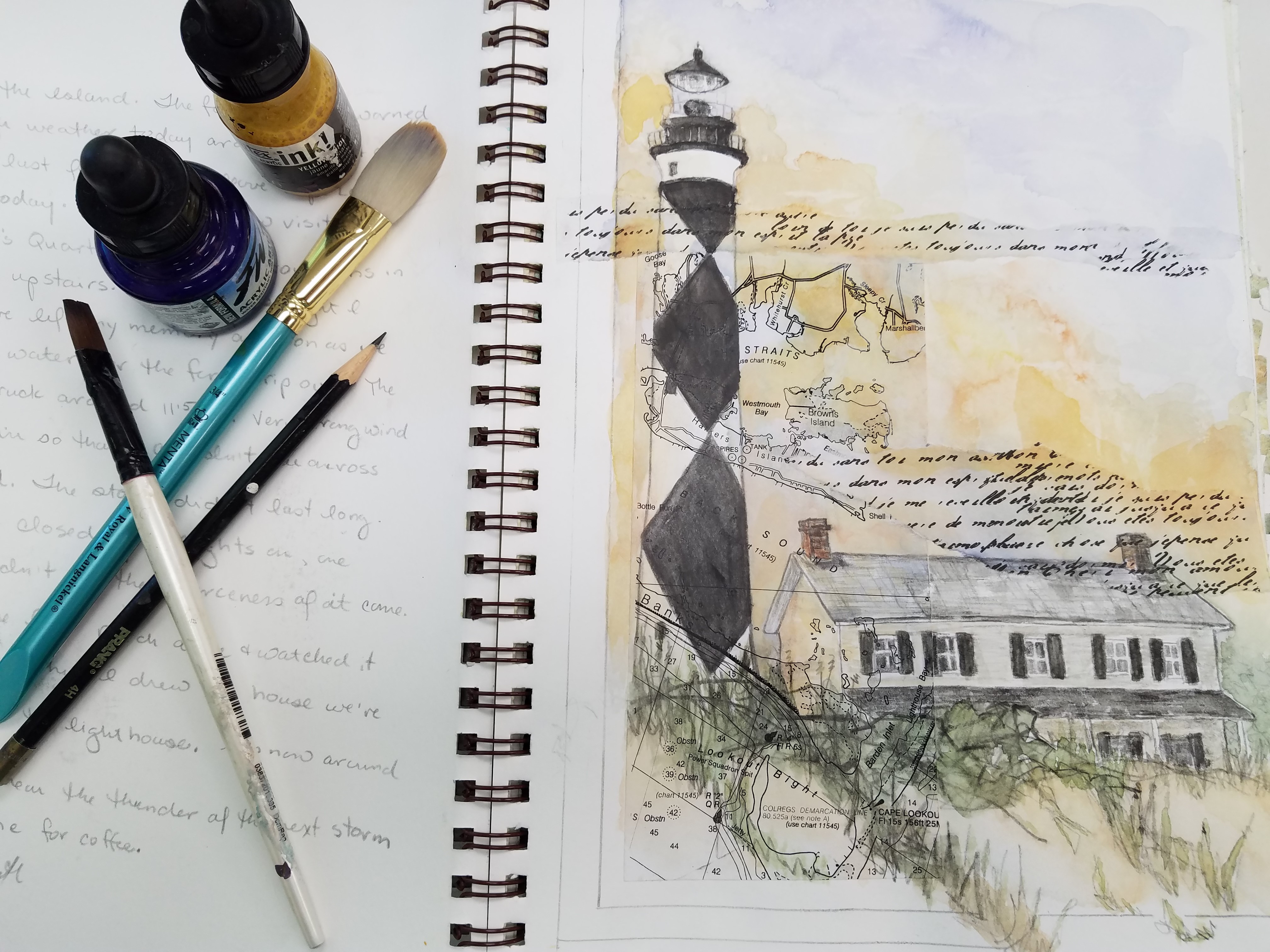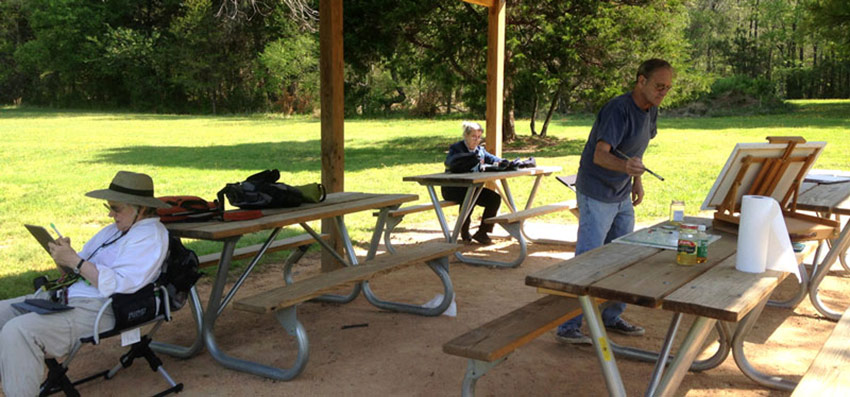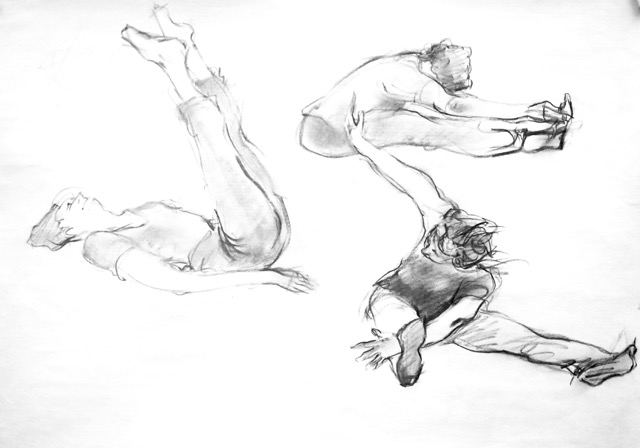Finishing up a yearlong art project left me drained and at loss of creative energy…

At the time the cat came, I was learning to write and illustrate picture books for children. My then-husband, Sam, and I called our house the Love Bungalow, because whatever it lacked in comfort, it was full of that good feeling. It didn’t have insulation or reliable plumbing. It barely had heat. A big kerosene furnace took up most of the living room, but only heated the house to fifty or sixty degrees. On cold days, we could see our breath in the two upstairs rooms and I wore gloves when I drew or typed. There were cracks in the outside walls we could see the front yard through. We filled them, but they opened up again as the house settled, and it was always settling. A crack an inch or two wide ran through the living room floor and foundation; we called it the San Carrboro Fault. When it rained hard, the downstairs flooded. That house was surely my muse for the drafty forest log cabin my main character Zoë finds and fixes up inWild Things
The winter the cat appeared the weather was unusually raw. Ice storms bowed the trees, and the wind cut more sharply into anything warm-blooded, doubling the number of hungry birds at the feeder. Now and then, I caught glimpses of the cat again from my upstairs study window, but he was always gone before I could run through the bedroom, down the backstairs, across the kitchen and outside to shoo him away—so I stopped bothering and began to watch him. His stark coloring made him stand out, as did the heavy way he walked, more like a lumbering lion than a house cat, though his stubby legs could sprint when they had to.
He favored rats over poultry and unlike most cats, he never toyed with his prey before he killed it, which I admired.
I remember vividly the day I understood that his hunting was a matter of life and death, that he was all alone in the world. I had just left my desk for lunch, and was walking by the bedroom window on the other side of the upstairs when I heard rustling in the leaves outside. I caught sight of him down below, hunched over something in the leaf litter. The area was overgrown with scraggly trees and privet; scattered with old tools, broken flowerpots, bricks and discarded clay pipe. He was tearing at something with his teeth and I saw he had killed a brown rat and was tearing off its fur in tufts to eat it, which he did, every edible bite. He ate quickly and ravenously, as the truly starving do. At first I felt sorry for the rat, then disgusted watching the cat eat it. But after a few minutes — which was all it took him to finish–I understood what I was really seeing: a lone, homeless, hungry animal surviving a hard winter as best he could. I realized he was wild.
These are the moments that I live for as an author. The moments in a character’s life where the heart shifts, where the eyes look and for the first time really see. That was the day my own heart shifted and I saw the cat’s life through his eyes. That was day I began the first chapter of Wild Things, though it was years before I wrote a single word.
Copyright 2009 & 2010 Clay Carmichael, All Rights Reserved. Used with permission.




Comments (0)